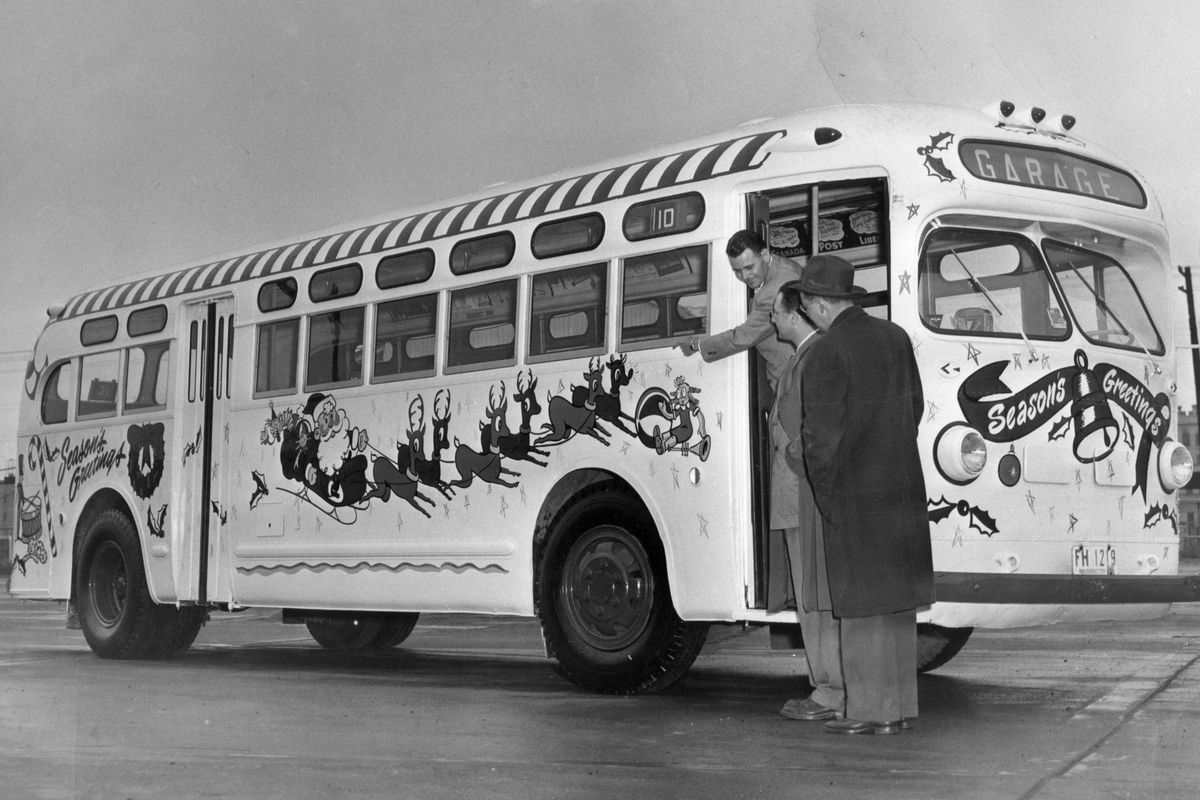Then & Now: Spokane City Lines to STA

Public transportation in Spokane started in 1888 with the first horse-drawn streetcar, which carried passengers to a new neighborhood, Browne’s Addition.
After all streetcars were electrified, it wasn’t long before the lines were bought up and consolidated by the electric company, Washington Water Power, as a subsidiary called Spokane United Railways, formed in 1922. The venture bought buses to replace streetcars in the early 1930s.
Long-ignored antitrust laws forbade utilities from owning transport services, so WWP sold its interest to Spokane City Lines, part of National City Lines, in 1945. For the next 23 years, Spokane City Lines saw ridership decline rapidly because of suburbanization, private vehicle ownership and television, which led to people making fewer trips to movies and other entertainment.
Through the 1950s, there were proposals and public votes to make public transit a city responsibility. In 1955, citizens rejected the idea of a tax to pay for it, according to Karl Otterstrom, planning director of Spokane Transit Authority. Bus ridership during World War II peaked at 26 million rides a year. By 1968, it was a mere 2 million.
The system, with a fleet of worn-out coaches and an extended strike by drivers and mechanics, was transferred to the city after voters, encouraged by Mayor David Rodgers, approved a household utility tax to pay for the new Spokane Transit System. Ridership slowly grew during the gas crisis of the early 1970s, though the cost to replace equipment and continue service outstripped the small tax and fares paid.
The Public Transportation Benefit Area was created in 1980 to levy a 0.3 percent sales tax. Funding also came from a vehicle excise tax, which was eliminated in 1999 by voter initiative I-695, leading to a new funding crisis. Major service cutbacks were planned until voters approved a higher sales tax of 0.6 percent in 2004. Voters renewed the higher tax rate in 2008 without a sunset clause.
Passenger fares are STA’s second-largest funding source, followed by federal transportation dollars, which are apportioned according to a complex formula based on area, population and ridership. STA provided more than 11 million rides on its fixed route system in 2014.
Jesse Tinsley